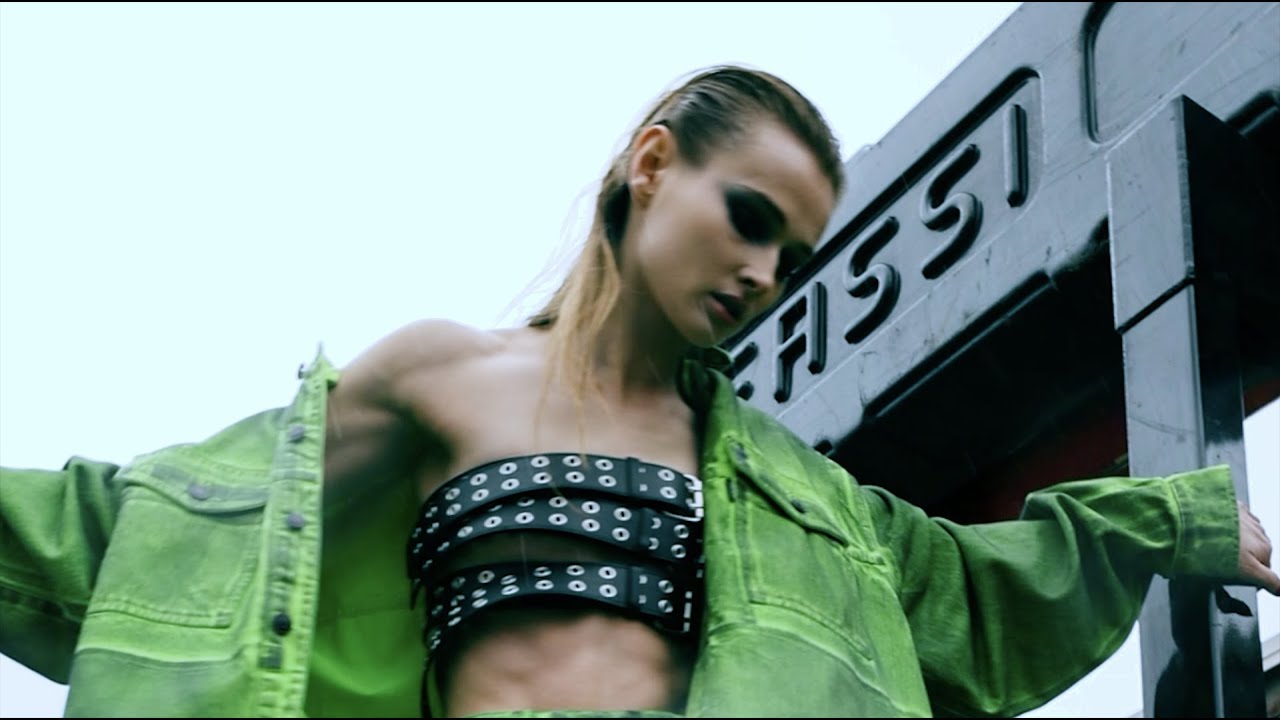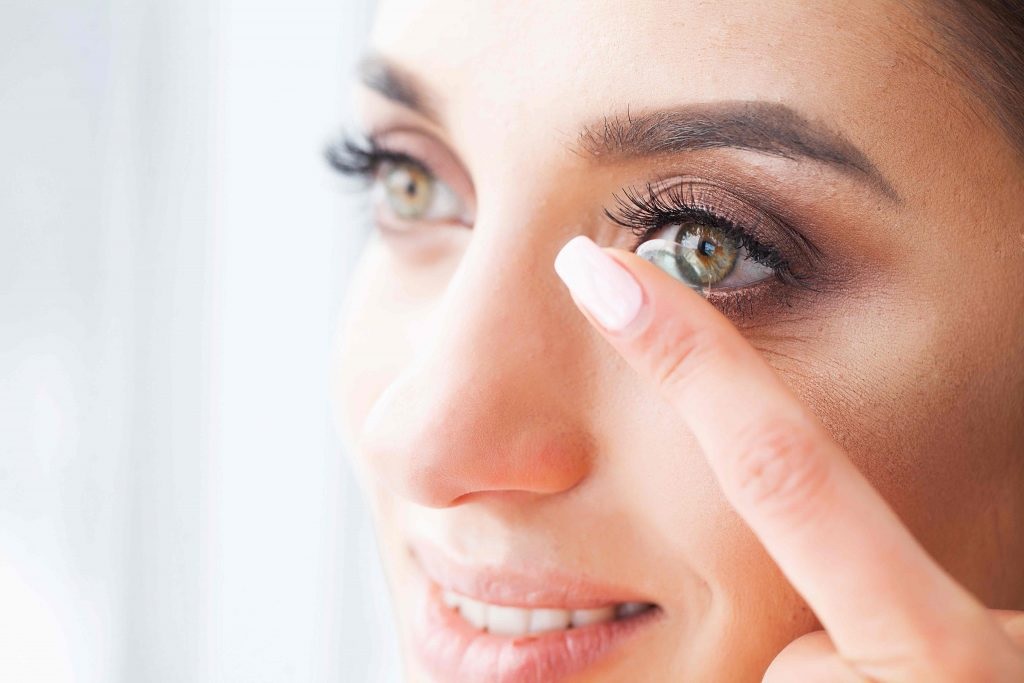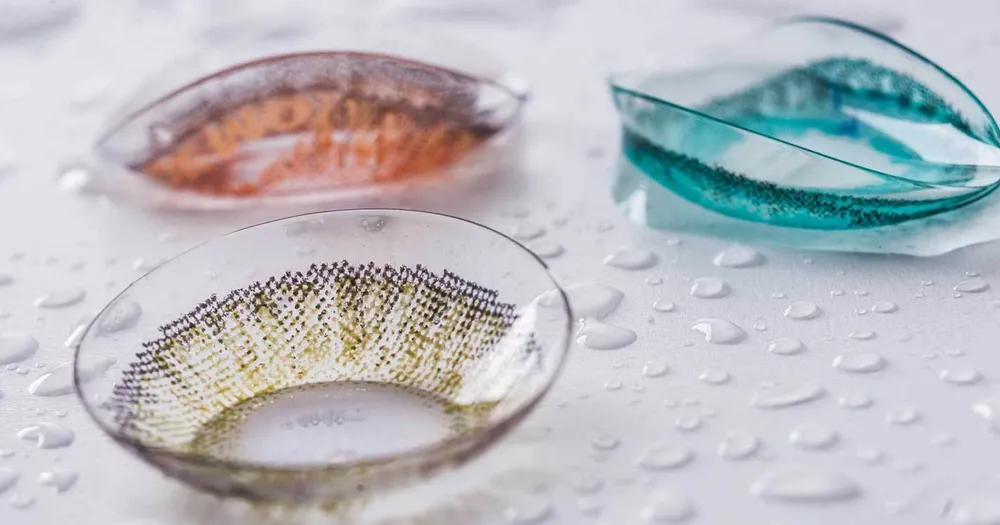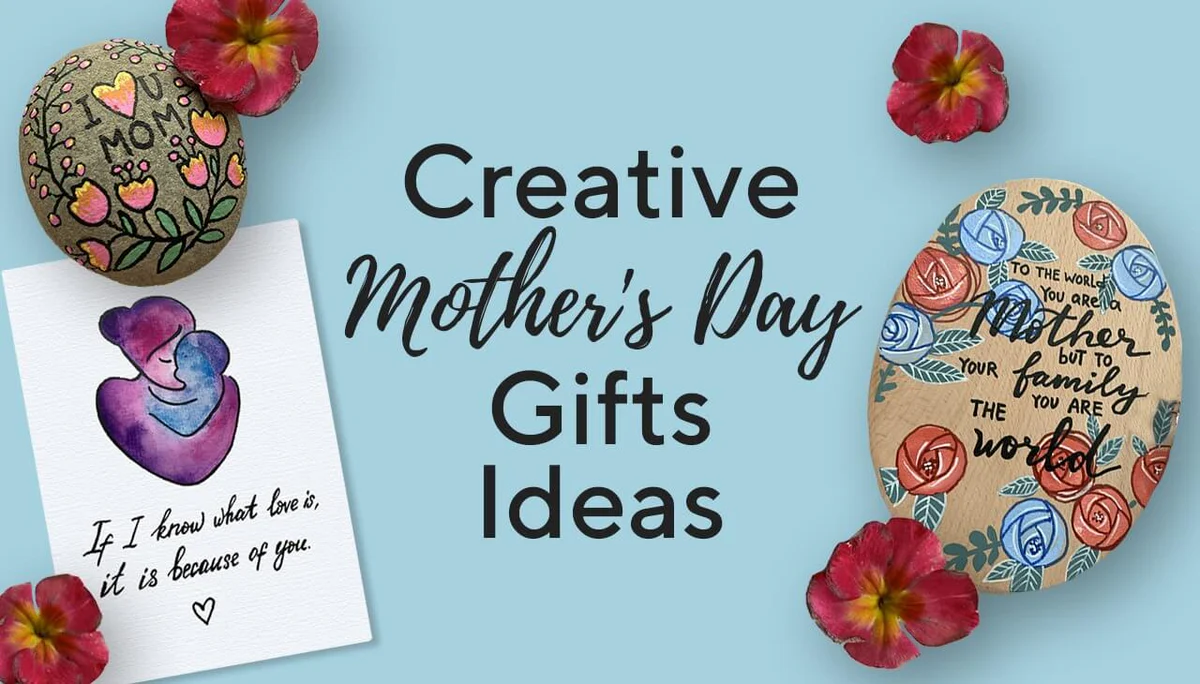Getting the right shots for a fashion brand’s website or social media can be challenging. That’s why knowing how to photograph models is crucial.
The key is to make them feel comfortable and confident in front of the camera. This means taking the time to establish a connection.
Composition
To photograph a fashion model, you will need to consider many different elements of the photo. These include the clothing and accessories, the background, lighting, and the model’s emotions. Taking these factors into account will help you create a beautiful and cohesive photograph.
A good fashion photographer will be able to use all of these elements in harmony and make the picture look professional. They will also know how to make the most of their composition to draw attention and interest to the subject.
Composition is one of the most important aspects of photography and it can be a challenge to master. To improve your skills in this area, it is a good idea to learn the basics of composing a photograph and practice taking photos until you feel confident with them.
Using the rule of thirds is an excellent way to get started with composition and will ensure that your photographs are balanced. This will help your viewers focus on the subject of your image and not on all the details in the background.
Another great way to improve your composition skills is to experiment with props. These are a great way to add dimension and context to your images, as well as create a theme that works with the fashion you’re shooting.
For example, if you are shooting a fall/winter fashion, it would be a good idea to use a contrasting background to complement the clothes. This can be as simple as a plain wall with minimal details in it or as elaborate as a graffiti wall.
The background is one of the most important elements in a photo, so it is important to find a location that will work with your design. It is also important to keep in mind that the background should not be distracting and should compliment the outfit your model is wearing.
The most common mistake that people make when composing a fashion photograph is not thinking of the background in advance. This is because many photographers will choose a backdrop that will work best with the clothing they’re shooting, but not with the overall design. If you want to create a unique and eye-catching photo, it is a good idea to take some time to research different backgrounds and decide which one will suit your fashion.
Lighting
Fashion photography requires a skilled eye for lighting to produce high-quality images. It’s a fast-paced industry, so you need to keep up with the latest trends and techniques.
It’s also important to make your models feel comfortable during the shoot. This is a core principle of portraiture, and the best way to do this is to spend time getting to know them before you start shooting.
For a professional-level photograph, you want to make sure the model’s face is illuminated properly. The right amount of light creates flattering shadows and planes of light on the face.
You should also position the model in a way that allows you to capture their eye level. This will help to enhance their facial features and accentuate the details in their clothing.
Another crucial tip for fashion photography is to select the right time of day for the shoot. Ideally, the first and last two hours of sunlight are ideal for photography, as they create soft light that flatters the model’s features.
If you’re shooting outdoors, choose a location that has minimal foot traffic. This will allow you to get more natural shots with your model, and avoid causing them to become uncomfortable.
Then, be sure to brief your model on the style of photography you’re shooting and any information about how to feature specific products or accessories. This will give them a better understanding of how to pose and will make your shoot run more smoothly.
Depending on the shoot, you may need to add more than one light. This can be done by using a backlight, which provides additional illumination to the model’s face and head.
This light can be either a strobe or a softbox. It should have half the power of your modeling light, and it must be placed behind the model.
Fill-in lights are used to lighten up the harsh shadows that the modeling light creates. They can be set close to the camera, or they can be moved away to create a more diffused light.
A simple way to find your sweet spot is to take a few practice shots at different positions and see which ones work the best. This can be a great way to learn about your own preferences for lighting, and it can also give you a good idea of how the overall shot looks once you’re done.
Props
For fashion photographers, using props can be a great way to make a photo more unique and interesting. These props can be anything from furniture to household clutter. They can also include objects that a model brings to the shoot to add a personal touch to their photos.
For example, a model might bring a vintage headband or inherited romper to their shoot to make the photo more creative. They might also bring paint, brushes, or easels to show their artistic side to the photoshoot.
Adding props to your photography can help you get more creative shots and make your work stand out from the competition. But it’s important to choose the right props for your shoot and ensure that the subject of your photos isn’t distracted from the image.
One of the most popular props used in fashion photography is a mirror. Mirrors can add a dramatic, artistic feel to an image and can reflect light onto the model’s face or body. They can be inexpensive and are very easy to use in a variety of photoshoots.
Another popular prop is a fairy light. Fairy lights are great for low-light conditions and they can add a whimsical vibe to your photos. They can also be draped around a model to create some beautiful images.
If you’re shooting with a large model, it can be helpful to have them hold something in their hands. This will make it more difficult for them to look awkward or unnatural in the images, and it will also give them something else to focus on other than their own outfits.
This pose works well with clothing with a more feminine silhouette, as it makes the model seem even taller and leaner. It can also be effective if the clothing has exaggerated sleeves – like bell or bishop sleeves – to make it more dramatic.
For an even more swoon-worthy pose, consider having the model lean back on a wall to tilt their head back dramatically. This can work in both portrait and fashion photography, and it’s an effective technique for getting a stunning shot.
Movement
A model in a static pose can make a photo look stiff and stodgy. On the other hand, a well executed pose can showcase the finer points of a garment in all their glory. A fashion model in motion may also be a fun subject for an aspiring shutterbug. The best way to capture the motion is to use a tripod and a telephoto lens to minimize camera shake and blurry images. A close up shot of the eyes should not be overlooked either. It’s also a good idea to have an assistant nearby to assist with the heavy lifting.





